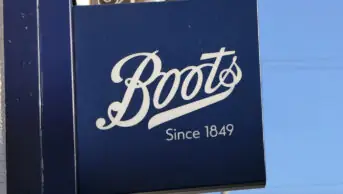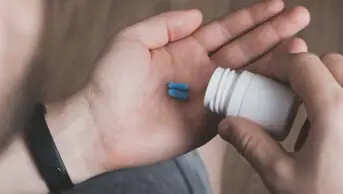The most recent example of pharmaceutical price gouging in the United States to catch public attention involves the EpiPen (adrenaline/epinephrine), a widely used injectable pen that can be life saving for those with severe allergic reactions to certain substances.
The price of this device has been steadily raised by Mylan Pharmaceuticals by more than 500% since 2009, to a list price of US$609 recently. Credible estimates of actual production costs are US$30. Many parents buy these devices for their children to take to school each year because the drug degrades after a year. The latest price increase of US$100 has sparked an outcry from parents and other purchasers that has, once again, raised the issue of unsustainable drug pricing in the United States. Congressional investigations and legislative proposals are now being developed.
There are several aspects to the EpiPen situation that distinguish it from the specialty and biologic drugs that have recently been introduced with eye-popping price tags. The drug is actually a generic which has been available for many years. The company did not develop the drug but, instead, patented the delivery device. As a result of a marketing campaign involving donations to schools, federal support requiring schools to maintain the devices, and aggressive advertising, Mylan controls about 90% of the US market. It has also taken advantage of US Food and Drug Administration objections to several competitors. The result is a generic drug with a de facto monopoly that is widely used and potentially lifesaving.
In response to the public outcry over the latest price increase, Mylan did something unusual. First, it announced it would offer a coupon to patients who cannot afford to purchase EpiPens. That did little to quiet the uproar since it did nothing to address the real affordability problem created by the underlying price of the medicine. Mylan then announced it would market an “authorised generic” version of the same device for US$300. This creates the unusual situation of the same manufacturer offering a brand and generic version of the same drug for two different prices. Without going into the business reasons that Mylan is doing this, it is fair to say that this behaviour illustrates the dysfunction of the current pharmaceutical market in the United States.
The circumstances of the EpiPen controversy may be somewhat unique, but the problem of excessive price increases has become widespread. A report from the Government Accountability Office (GAO), which investigates how the federal government spends taxpayer’s money, found that 22% of generic drugs billed to the Medicare Part D programme had at least one price increase of 100% or more between 2010 and 2015. More than 100 drugs experienced at least a doubling of prices between the first quarter of 2014 and the first quarter of 2015. A total of 15 drugs, all generics, had price increases of 1000% or higher, according to the GAO.
These price increases again reflect market failure — a lack of competition and a lack of purchaser pricing power. Generic drug policy in the United States has been premised on those principles ever since 1984, when the Hatch-Waxman Act was enacted. That policy now seems in need of strengthening if a functional market that keeps needed drugs affordable is to be restored.
John Rother
President
National Coalition for Health Care
Washington DC


